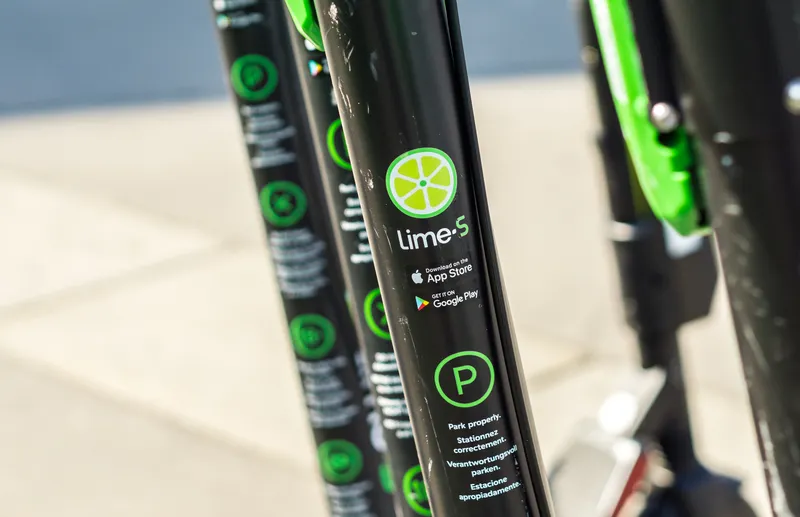In addition to the legislation, the new Department of Motor Vehicles application process is another step forward in making New York the epicentre of cutting-edge technology and innovation.
Applications for testing may be submitted by manufacturers of autonomous vehicle technology, or companies creating such technology working in conjunction with manufacturers. All vehicles will also have to comply with federal safety standards and all applicable New York State inspection standards, and a person holding a valid driving licence must be present in the driver's seat at all times while it is operated on public highways. Each vehicle to be used must be listed in the application and a US$5 million insurance policy must be in place for any vehicles to be tested.
New York State ready to begin autonomous vehicle testing
New York Governor Andrew M. Cuomo has announced that the state’s 2018 budget includes new legislation allowing for testing autonomous technology through a year-long pilot program and is now accepting applications from companies interested in testing or demonstrating autonomous vehicles on public roads. In addition to the legislation, the new Department of Motor Vehicles application process is another step forward in making New York the epicentre of cutting-edge technology and innovation. Applications for t
May 11, 2017
Read time: 2 mins
New York Governor Andrew M. Cuomo has announced that the state’s 2018 budget includes new legislation allowing for testing autonomous technology through a year-long pilot program and is now accepting applications from companies interested in testing or demonstrating autonomous vehicles on public roads.










